
In this blog post, we discuss the importance of investing in high-quality replacement parts for bathroom partitions. We highlight the significance of having durable and reliable components to ensure the longevity and functionality of bathroom partitions. We delve into the various benefits of using high-quality replacement parts for bathroom partitions, such as improved aesthetics, enhanced privacy, and increased hygiene. Additionally, we provide practical tips for identifying and selecting the right replacement parts for different types of bathroom partitions. Whether you are a facility manager or a business owner, this blog post serves as a valuable resource to understand why investing in high-quality replacement parts is essential for maintaining and upgrading bathroom partitions.
Introduction
Bathroom partitions play a crucial role in providing privacy and functionality in public restrooms. However, over time, these partitions may require replacement parts due to wear and tear. When investing in replacement parts, it is important to prioritize quality to ensure the durability and longevity of your bathroom partitions.
Ensuring durability and longevity of bathroom partitions:
By investing in high-quality replacement parts, you can ensure that your bathroom partitions withstand the test of time. These parts are designed to be durable and resistant to common damages such as rust, corrosion, and moisture. With high-quality replacement parts, you can avoid frequent repairs and replacements, saving you time and money in the long run.
Enhancing safety and security in public restrooms:
High-quality replacement parts contribute to the overall safety and security of public restrooms. These parts are designed to fit seamlessly and securely, reducing the risk of accidents or unauthorized access. By investing in high-quality replacement parts, you can create a safer and more secure environment for restroom users.
Reducing maintenance and repair costs:
Investing in high-quality replacement parts can significantly reduce maintenance and repair costs. These parts are built to withstand heavy usage and require minimal maintenance. By choosing reliable replacement parts, you can avoid frequent repairs, saving both time and money.
Finding the right replacement parts for bathroom partitions
Identifying the specific needs of your bathroom partitions:
Before purchasing replacement parts, it is important to identify the specific needs of your bathroom partitions. Consider factors such as the material, size, and design of your partitions to ensure that you choose compatible replacement parts.
Researching reputable suppliers and manufacturers:
When it comes to replacement parts, it is crucial to source them from reputable suppliers and manufacturers. Research different suppliers, read reviews, and seek recommendations to ensure that you are purchasing high-quality replacement parts that meet industry standards.
Considering the material and design of replacement parts:
The material and design of replacement parts can greatly impact the aesthetics and functionality of your bathroom partitions. Consider factors such as durability, ease of cleaning, and compatibility with existing partitions when selecting replacement parts.
Installation and maintenance
Following manufacturer guidelines for installation:
Proper installation is essential for the optimal performance of replacement parts. Follow the manufacturer’s guidelines and instructions to ensure that the parts are installed correctly. This will help prevent any issues or damages in the future.
Regular inspection and cleaning of replacement parts:
Maintaining cleanliness is important for the longevity and hygiene of your bathroom partitions. Regularly inspect and clean the replacement parts to remove any dirt, grime, or bacteria. This will help maintain the appearance and functionality of your partitions.
Addressing any issues or damages promptly:
If you notice any issues or damages with your replacement parts, address them promptly. Ignoring small issues can lead to bigger problems down the line. By addressing problems early on, you can prevent further damage and extend the lifespan of your bathroom partitions.
Budget considerations and cost-effectiveness of high-quality parts
Comparing upfront costs vs. long-term benefits:
While high-quality replacement parts may have a higher upfront cost, they offer long-term benefits that outweigh the initial investment. Consider the cost-effectiveness of these parts by evaluating their durability, longevity, and the potential savings from reduced maintenance and repairs.
Understanding the value of investment in bathroom partitions:
Bathroom partitions are an integral part of any public restroom. They contribute to the overall comfort, privacy, and functionality of the space. Investing in high-quality replacement parts ensures that your bathroom partitions continue to provide these benefits, enhancing the overall value of your facility.
Calculating potential savings from reduced maintenance and repairs:
By investing in high-quality replacement parts, you can significantly reduce maintenance and repair costs. Calculate the potential savings by considering the frequency of repairs, the cost of replacement parts, and the labor required. This will help you make an informed decision and choose the most cost-effective option.
Conclusion
Investing in high-quality replacement parts is essential for maintaining and upgrading bathroom partitions. By prioritizing quality, you can ensure the durability, functionality, and aesthetics of your partitions. Consider the specific needs of your partitions, research reputable suppliers, and follow proper installation and maintenance guidelines. While the upfront cost may be higher, the long-term benefits and cost-effectiveness of high-quality replacement parts make them a worthwhile investment. Ensure the longevity and functionality of your bathroom partitions by investing in high-quality replacement parts.





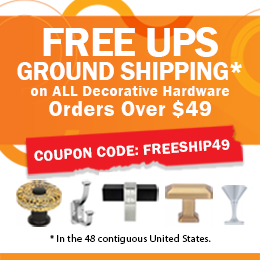





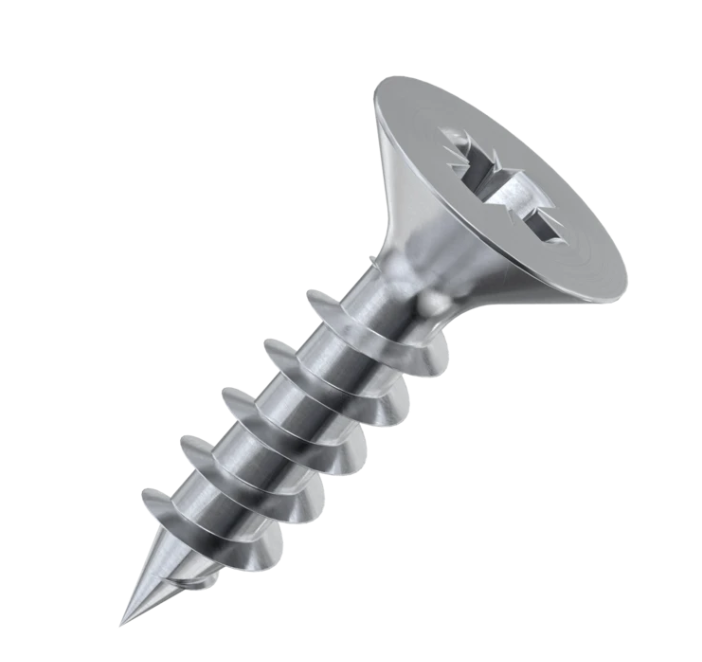
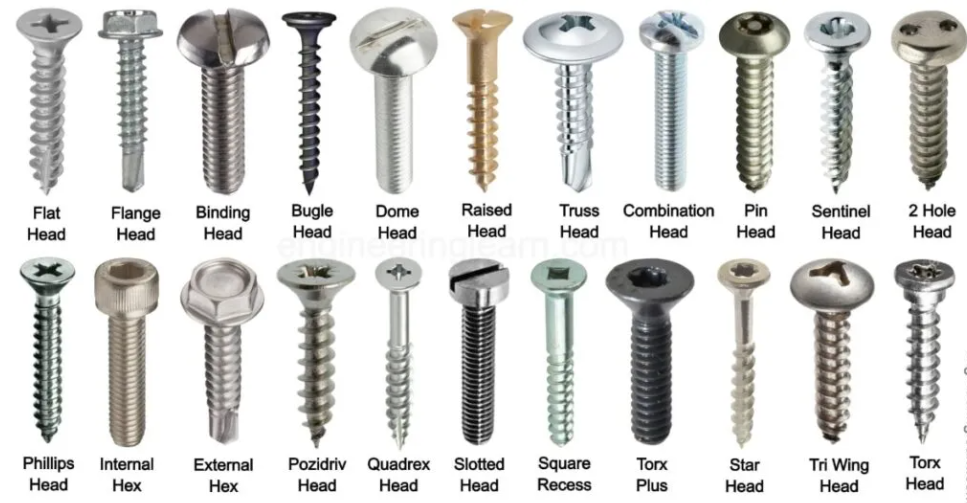
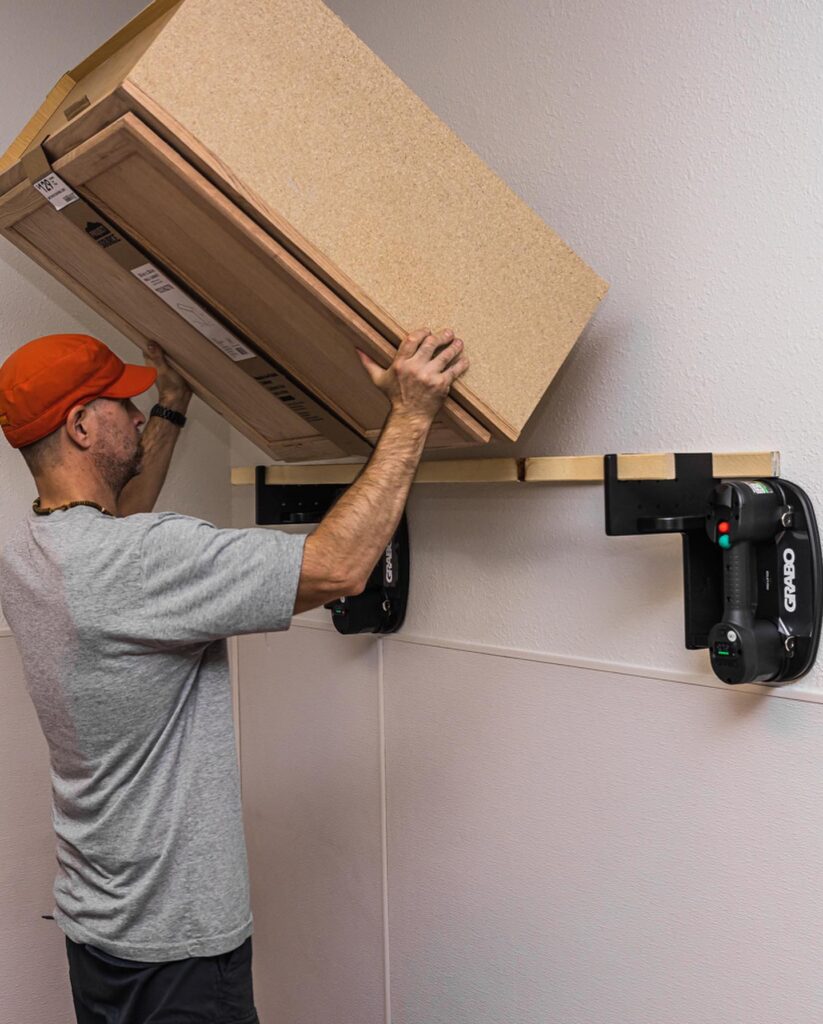


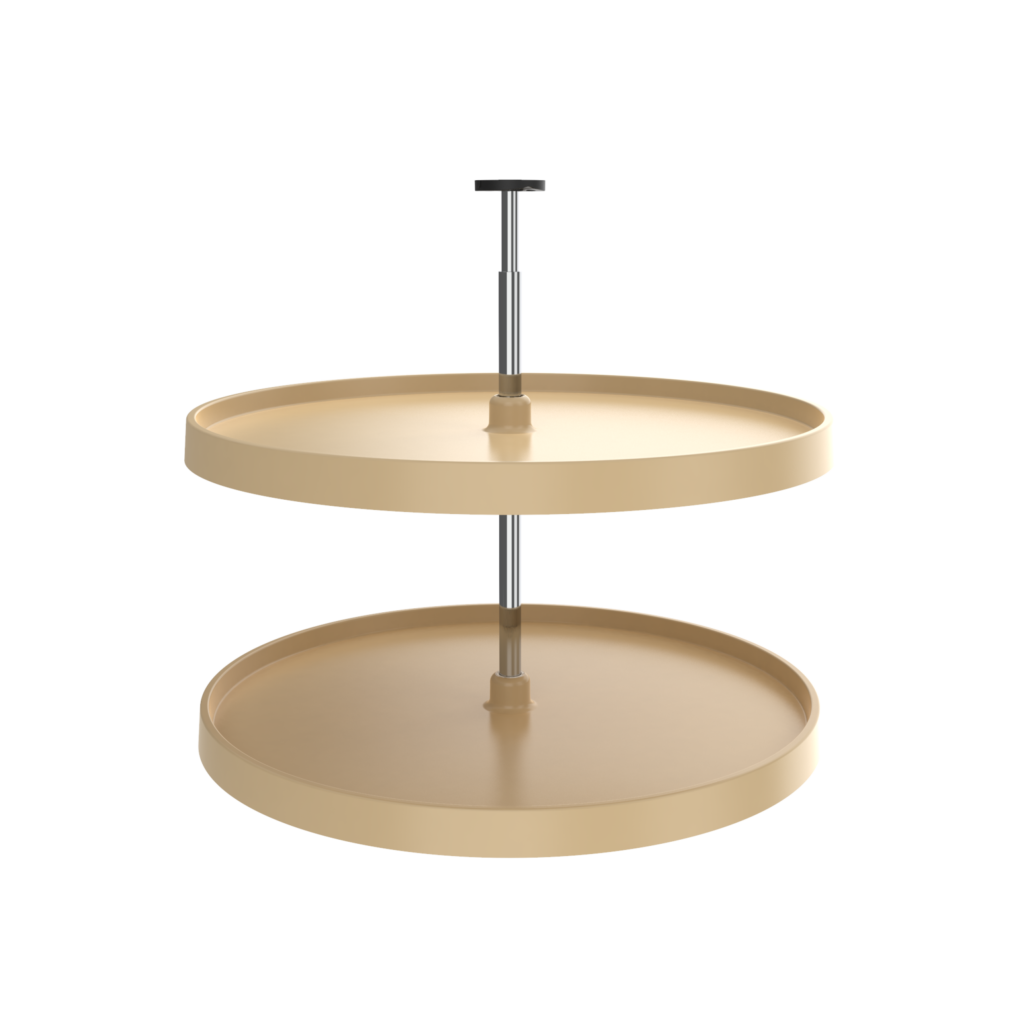
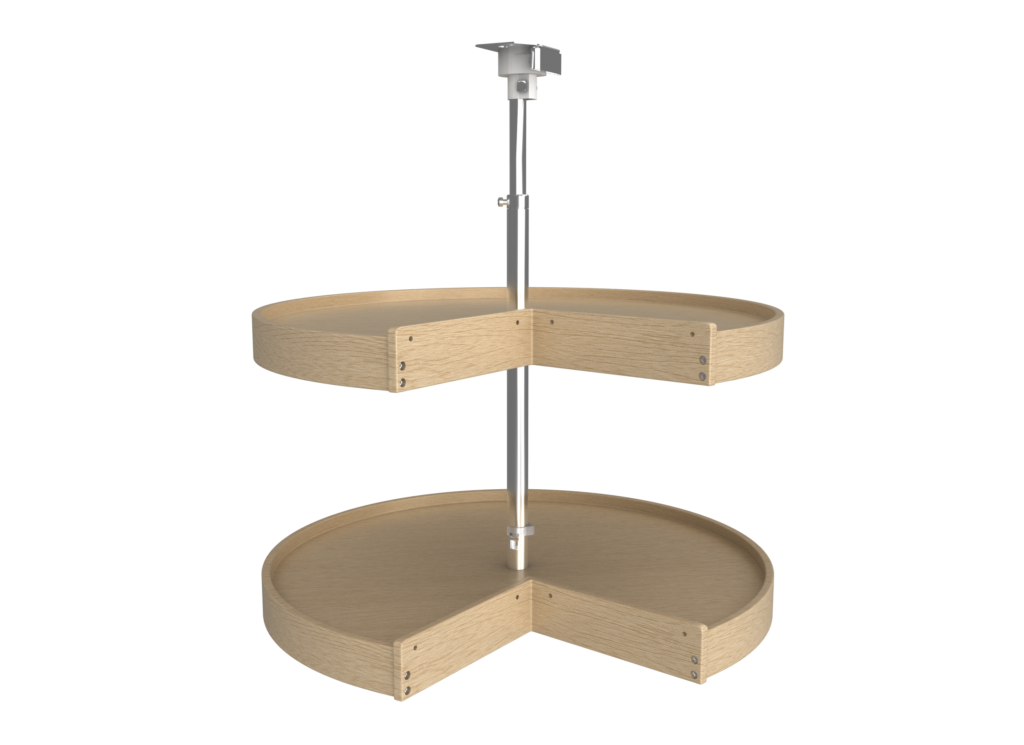
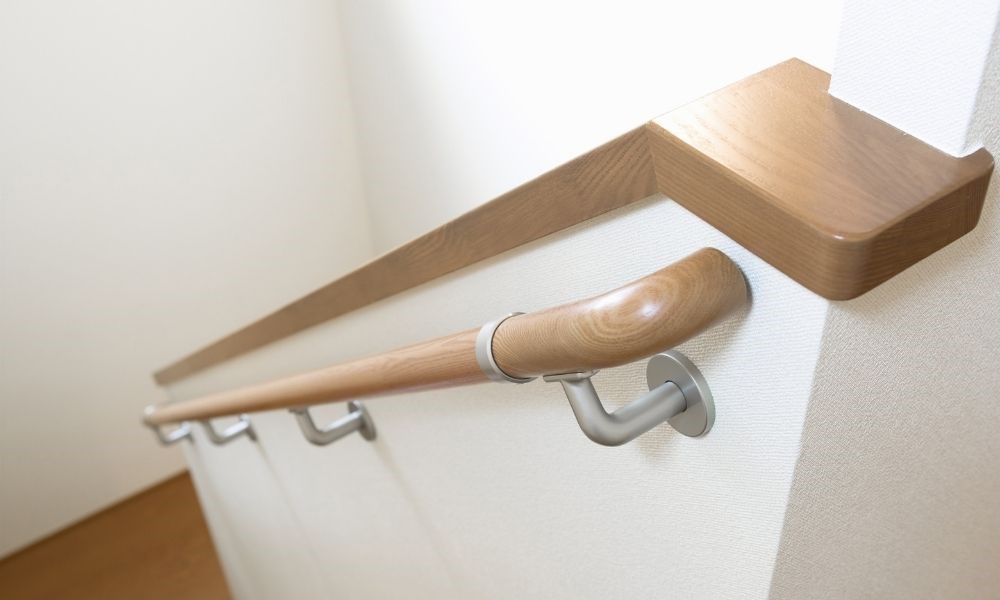

 Do Not Sell My Personal Information
Do Not Sell My Personal Information